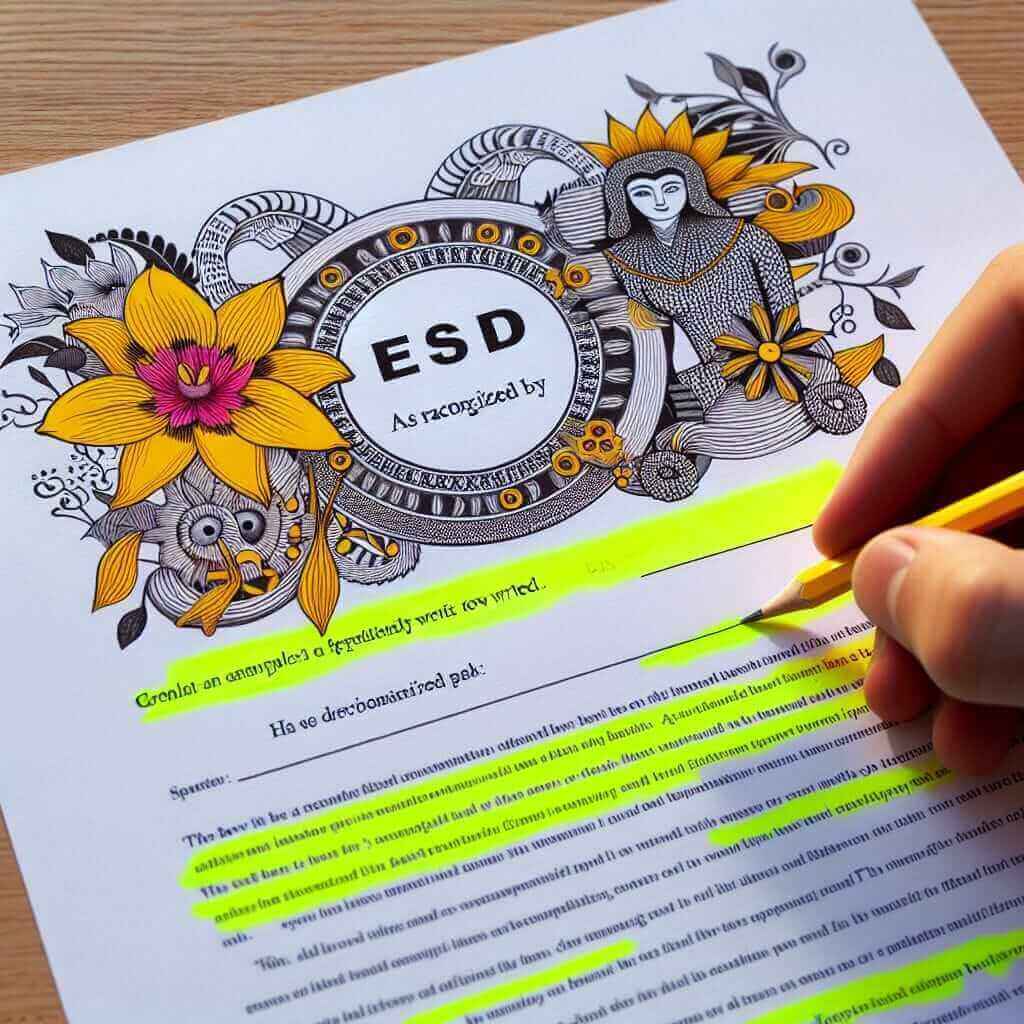The phrase “as recognized by” might not seem like a game-changer, but using it correctly can demonstrate a strong command of academic English, which is highly valued in the IELTS writing test. In this article, we’ll explore the meaning and usage of “as recognized by” and its variations, equipping you with the tools to boost your IELTS score.
Let’s start with a few examples of how “as recognized by” can be incorporated into your writing:
- Example 1 (Task 2): The benefits of renewable energy sources, as recognized by leading scientists, are numerous and far-reaching.
- Example 2 (Task 1): The graph illustrates a sharp decline in the unemployment rate, as recognized by the national statistics office.
- Example 3 (Task 2): Freedom of speech, as recognized by the Universal Declaration of Human Rights, is a fundamental human right.
In each example, “as recognized by” introduces an authority or source that supports the statement being made, adding weight and credibility to your writing.
Understanding “As Recognized By”
“As recognized by” is a prepositional phrase used to introduce a source that acknowledges or validates a particular fact, opinion, or situation. It adds a layer of formality and objectivity to your writing, indicating that the information presented is not merely your opinion but is supported by a credible external source.
While “as recognized by” itself is not a high-frequency phrase in IELTS, understanding its function allows you to use it and its variations strategically in both Task 1 and Task 2:
- Task 1: You can use it when describing trends or data points, attributing the information to the source of the data (e.g., a graph, chart, report).
- Task 2: It’s valuable when presenting evidence or supporting arguments, citing authoritative figures, organizations, or widely accepted principles.
Grammar and Usage
“As recognized by” + [source]
- “As”: functions as a conjunction, connecting the main clause to the source information.
- “Recognized”: indicates acknowledgement or acceptance by the source.
- “By”: a preposition indicating the agent of the recognition.
- [source]: This could be an individual (e.g., expert, researcher), an organization (e.g., the United Nations, World Health Organization), or a document (e.g., a report, study).

Applying “As Recognized By” in IELTS Writing
Writing Task 1
Example:
“The line graph depicts a steady increase in global internet usage between 2000 and 2020, as recognized by the International Telecommunication Union.”
Analysis: Here, the phrase effectively attributes the data presented in the line graph to a reliable source – the International Telecommunication Union – reinforcing the credibility of your description.
Writing Task 2
Example:
“Investing in public transportation is essential for reducing traffic congestion and carbon emissions, as recognized by numerous urban planners and environmental experts.”
Analysis: In this example, “as recognized by” seamlessly integrates expert opinion into your argument, making your stance more persuasive by demonstrating that it’s supported by professionals in the field.
Achieving a Higher Score
To further enhance your writing and aim for a higher band score, consider these variations and synonyms:
- As acknowledged by: This phrase carries a similar meaning to “as recognized by” but emphasizes the formal acceptance of something as true.
- According to: A more common alternative suitable for both formal and informal contexts.
- As stated by/in: Useful when directly quoting or referencing a specific source.
- As reported by: Appropriate when referring to information disseminated by media outlets.
By strategically employing these phrases and their variations, you can add sophistication and authority to your IELTS writing, demonstrating a wider range of vocabulary and grammatical structures.
Common Errors and How to Avoid Them
- Incorrect Preposition: Using prepositions other than “by” after “recognized” (e.g., “as recognized in,” “as recognized to”) is grammatically incorrect.
- Vague Source: Ensure you specify a clear and credible source after “as recognized by” to avoid making unsupported generalizations.
- Overuse: While “as recognized by” and its variations are valuable, avoid overusing them in your writing. Aim for a balance and use them strategically to highlight key pieces of evidence or expert opinions.
Conclusion
Mastering the use of phrases like “as recognized by” can significantly elevate the quality of your IELTS writing. By understanding its nuances, applying it appropriately, and utilizing variations, you can present your ideas with greater clarity, authority, and sophistication – ultimately boosting your chances of achieving your desired IELTS band score. Remember to practice incorporating this phrase into your writing to gain confidence and fluency.